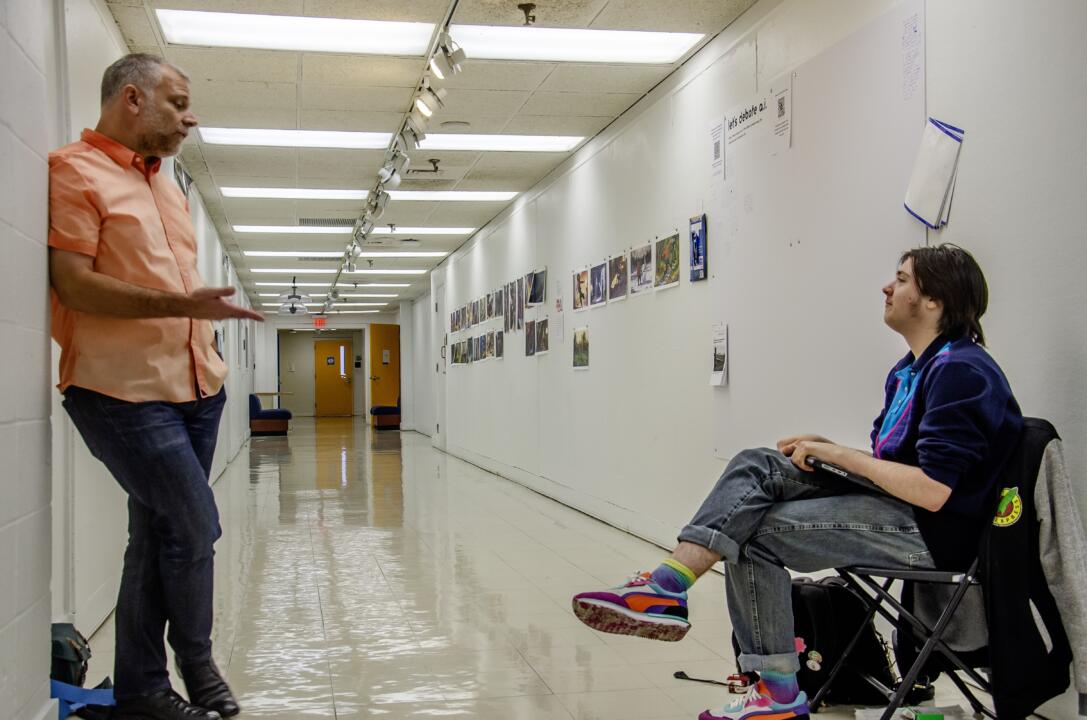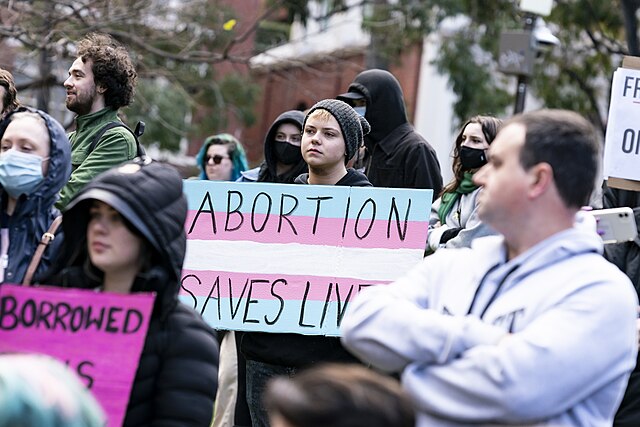The Shriver Center at the University of Maryland, Baltimore County is celebrating its 25th year of connecting students to their communities through “engaged scholarship and applied learning.” In light of the COVID-19 pandemic, the Shriver Center continued its mission of student engagement in the Baltimore City and Baltimore County communities by transitioning most of the service-learning sites to a virtual platform.
According to Kasey Venn, Program Coordinator for Service-Learning and Community Engagement, there were already plans for creating a digital service format. However, until the shutdown in March, all of the Shriver Center’s service opportunities engaged in-person with communities.
“Once the announcement was made, we had to jump right into it. There were a lot of growing pains in the spring, since most sites were at reduced capacity or unable to host virtually,” Venn said. “We were anticipating that we were not going to be in-person for the fall, so we gathered groups of on-campus partners and students to gauge interest level for the interest of going totally online.”
Even now, the Shriver Center is receiving requests for unanticipated service needs from community partners, according to Eloise Gross, Assistant Director of Applied Learning and Community Engagement.
According to Gross, there were about 330 students enrolled in Practicum 96 — the Shriver Center’s “course” sanctioning a UMBC service-learning opportunity — this fall semester compared to around 430 students in Fall 2019. The 100-student deficit could be attributed to some classes and programs, such as the Honors College, pushing their service requirements to the spring in light of the pandemic.
“I honestly thought we would only have 100 total students signed up,” she said.
For the students who enrolled in Prac 96, the Shriver Center staff still noted a high level of dedication to their service sites, an observation that could be explained by one of the few advantages of digital service.
“Moving online eliminates the costs of transportation, bridges geography gaps, and makes service accessible regardless of physical constraints, work schedules, or other limitations,” explained Venn.
With the online shift, the number of service-learning partners that the Shriver Center coordinates with increased. Most of the sites were education-based, working with either youth or adult learners. Programs that students were involved in include Best Buddies, the University of Maryland, Baltimore Continuing Umbrella of Research Experiences and working with ESL adults at the Esperanza Center.
Despite these positive effects of online service learning, Gross explained that there were still issues inherent to virtual community engagement.
“Some things are easier in person, like math tutoring, where you can say, ‘Let’s go take a walk outside and come back to the problem later,’” said Gross.
Assistant Director of Applied Learning and Community Engagement Lori Hardesty also explained that the online format just did not work for some students.
“There are the challenges of students who have not logged on for school yet since the spring,” said Hardesty. “Also, being online requires developing a netiquette and learning to respect privacy.”
Hardesty added that physically working in the Baltimore-area allows “something to be said about using transit to see, experience, talk about, and reflect on the physical sense of place.”
While most of the Shriver Center’s programs were fully online this fall, there are plans for incorporating hybrid service-learning opportunities in the spring.

